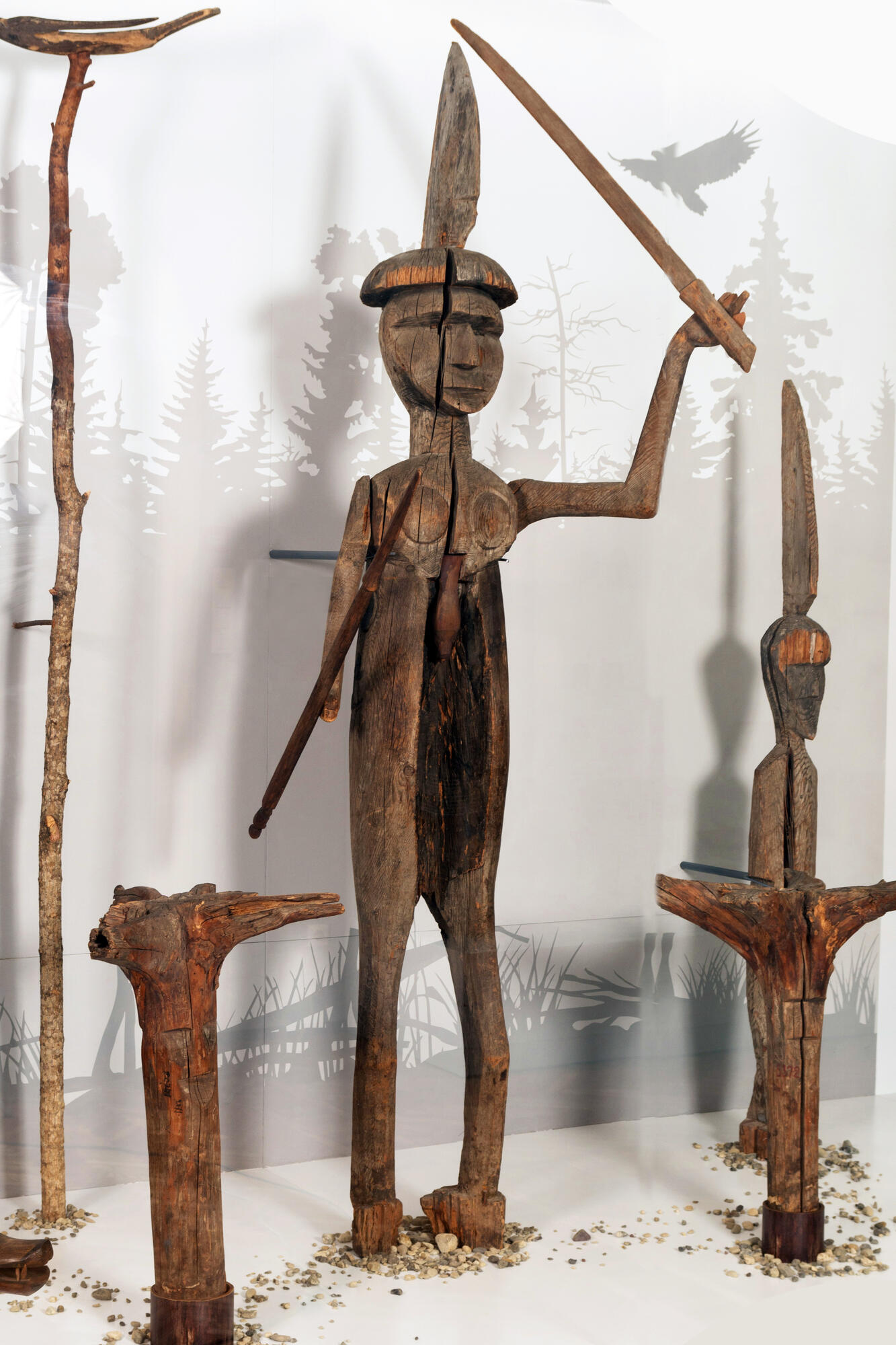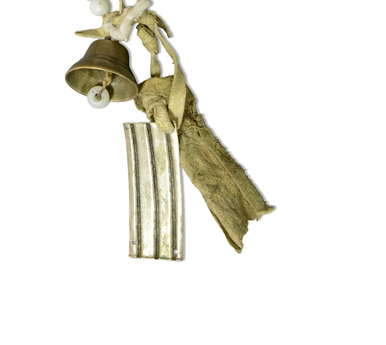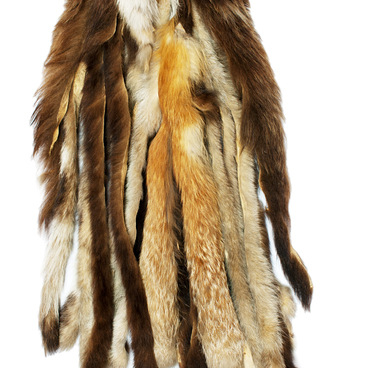The items belonging to the complex of savan guardians of the Udege shaman’s house are among the most famous ethnographic exhibits of the Khabarovsk Regional Museum named after Grodekov. They were brought to the museum by the traveler and ethnographer Vladimir Arsenyev (1872–1930) in 1911. He discovered them in the area of the Kusun River.
At the time, Vladimir Arsenyev served as director of the Grodekov Museum and led a military expedition to search for Chinese illegal immigrants who were poaching in the Ussuri taiga and expel them from the Russian Far East.
Despite the complexity of the task, he simultaneously continued to study the culture of local peoples and complete the collections of the museum. From that expedition, Vladimir Arsenyev brought back a whole complex of ritual sculpture consisting of six savans. The main of them is Mangni the protector.
Here is how Arsenyev
described the find:




